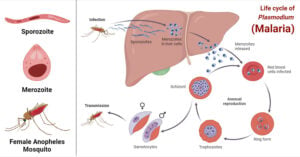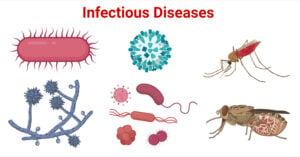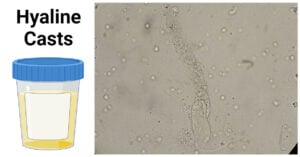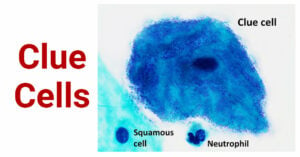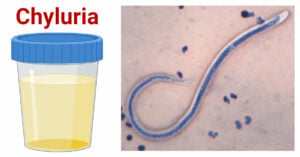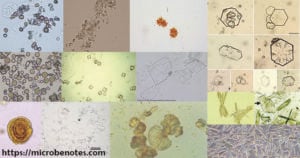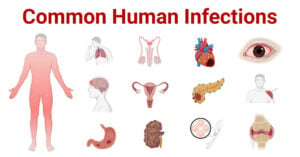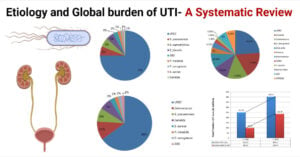Malaria (Plasmodium): A-Level Biology Revision Notes
Malaria is an infectious disease that is caused by one of five species of protozoa Plasmodium. Plasmodium is an unicellular obligate parasite that infects the red blood cells, liver and … Read more

